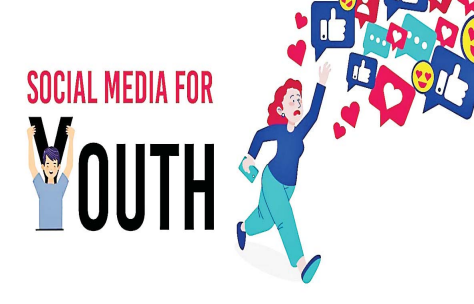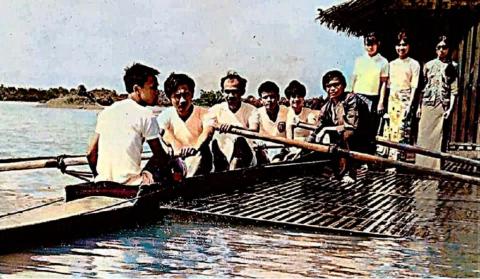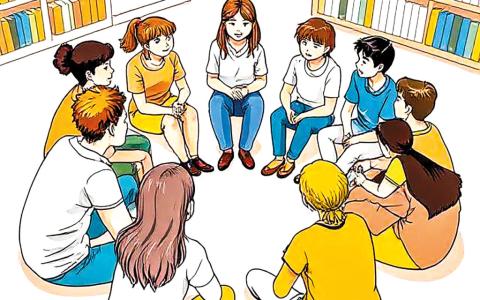“World Meditation Day” is observed on 21 December each year, a date declared by the United Nations Assembly to promote awareness of meditation and its benefits for mental and physical well-being.
Since my life of public service as an editor to chief editor, I learned and practised daily with the insight meditation of the Theravada Buddhism because of knowing how to escape from suffering, old age, sickness and death. (Anicca= အနိစ္စ “Anatta”= အနတ္တ I often went to the insight-meditation centre of “Ledi Sayadaw”, “Mogok Sayadaw”, “Mahasi Sayadaw” and “Sayagyi U Ba Khin” in Yangon.
Theravada Buddhism teaches two kinds of Meditation:
(1) Samatha-bhavana(သမထဘာ၀နာ) = Concentration Meditation
(2) Vipassana-bhavana (ဝိပဿနာဘာဝနာ) = Insight Meditation
Samatha-bharvana aims at gaining concentration or one-pointedness of Mind, and Vippasana-bhavana enables the practitioner to purify their Minds and acquire an insight into the real nature of all phenomena.
Technically speaking, concentration is the basis of insight. It is developed by fixing one’s mind on a chaser object, say, a Buddha image, candlelight, a circular disc pointed in a particular colour or on breathing. Buddhist commentaries elaborate on forty varieties of such meditation objects, but the list may be extended indefinitely.
Insight meditation, on the other hand, is practised through the application of one’s mind to the nature of things to be constantly mindful of one’s physical and mental activities, so one may be able to penetrate deeply into the real nature of existence and do away with own mental impurities. In short, insight meditation is the direct purification method to cleanse one’s mind of evils.
Both concentration and insight meditation can be developed side by side, and the development of one helps in the cultivation of the other. But ultimately, it is only insight meditation that, when perfected, leads man to the highest wisdom and cleanses his mind of all impurities, once and for all.
Both kinds of meditation can be practised and applied in our daily lives. Both are of immense benefit to traction. Of all the many aspects of the Buddhist religion, meditation occupies a very important place of interest, especially in the west countries. In several Asian nations, like Myanmar, Japan, Thailand and Sri Lanka, where Buddhism is still very much a living force, it enjoys a long and uninterrupted tradition, receiving in more recent years even wider recognition among the populace.
As science and technology become increasingly developed, people have more and more cause to realize the relevance and significance of Buddhist meditation to life.
Meditation is a means of mental development. In Buddhism, the mind is the most important component of the entire human entity. Meditation is the training of the mind, and because the mind is the most important factor that manipulates and controls our actions and speech, the practice of meditation can bring infinite benefits to us in life. Below are the best advantages of meditation:
(1) Meditation helps to calm the mind and get it better organized.
(2) Meditation strengthens our willpower and enables us to face all problems
and difficulties with confidence.
(3) Meditation makes us think positively.
(4) It improves our efficiency at work by helping us to concentrate better and by sharpening our mental faculties.
(5) It frees us from worries, restless ness, etc.
(6) Meditation increases our mental health and therefore has a positive effect, to a large extent, on our physical health.
(7) It cleanses our mind of defilements.
(Kilesa = ကိလေသာ)
Let me roughly describe the “Defilement” as follows, according to the noble Theravada Buddhism.
The “Defilement” means mind-defiling factor, impurity. There are ten kinds of mind-defiling factors have been enumerated as:
(a) Greed (Lobha = လောဘ = လိုချင်တက်မက်ခြင်း)
(b) Hatred (Dosa = ဒေါသ = အမျက်ထွက်ခြင်း)
(c) Bewildment (Moha = မောဟ = တွေဝေခြင်း)
(d) Conceit (Mona = မာန = ထောင်လွှားခြင်း)
(e) Doubt (Vicikiecha = ဝိစိကိစ္ဆာ= ယုံမှားခြင်း၊ မဆုံးဖြတ်ခြင်ခြင်း)
(f) Mental Torpor = (Htina =ထိန = ထိုင်းမှိုင်းခြင်း)
(g) Restlessness = (Uddhacc = ဥဒ္ဒစ္စ = မတည်ငြိမ်ခြင်း၊ ပျံ့လွင့်ခြင်း)
(h) Shamelessness = (To do evil = အဟိရိက = Aheika= မကောင်းမပြုလုပ်ရမည်ကိုမရှက်ခြင်း)
(i) Not fearing to evil = (Anottappa = မကောင်းမပြုရမည်ကိုမကြောက်မ့ခြင်း)
Because of attaching firmly, the “Defilement” (Kilasa = ကိလေသာ) men and women cannot escape from “suffering” (ဒုက္ခ) or Sansayar (သံသရာ) or life=circle (ဘဝသံသရာ).
(8) Meditation creates in us virtuous qualities like kindness, inner peace, humbleness (as opposed to arrogance), a realistic attitude toward life, and prevents us from being influenced by such elements as passion, selfishness, hatred, jealousy or greed.
(9) An untrained person is often dominated by delusion (Avijja) and his own preconceptions, which prevent him from having proper insight into reality. Meditation helps to remove such disadvantages. Meditation should, however, be borne in mind that the degree of benefits a man can derive from such practice depends entirely on the degree of achievement he makes and on how far he can apply meditation to real life. Several factors are important for the success of the practice, for example, a proper atmosphere.
Spiritual preparedness, proper frame of mind, self-confidence, frequency and regularity in practice, and so on.
Mind fullness according to the discourse, four objects may be taken for the practice namely “Body”, “Sensation”, “Mind” and “Mental Objects” (1. Body = Insight Meditation of Body = ကာယာနုပဿနာသတိပဌာန်) (2. Sensation = Insight Meditation of Venda = ဝေဒနာနုပဿနာသတိပဌာန်) (3. Mind = Insight Meditation of Citta = စိနုပဿနာသတိပဌာန်) (4. Mental Objects = Insight Meditation of Dhamma = ဓမ္မာနုပဿနာသတိပဌာန်). Mindfulness is the key insight of meditation. When practising this type of meditation, one should endeavour to be mindful at all times of one’s activities, mental and physical. Mindfulness should be developed to such an extent that it becomes natural and automatic. When that stage is reached, one can be said to dwell constantly in mindfulness. This is the way to spiritual purification.
Because of regularly practising insight meditation. I often get many good advantages for my life. For example, I fell seriously with a disease called prostate cancer and heart disease, near death, three years ago. However, I fortunately recovered from chronic sickness on account of the good medical treatment and insight meditation. Now I serve daily as a member of the Eaindawya Pagoda trustee as a retired person. Besides with help of guidance from the famous experienced monks of insight meditation, I can explain a conversational demonstration in insight meditation, which is always held every Sunday evening at the Eaindawya Pagoda, Yangon. The Theravada Buddhists always believe in the method of liberation from desire. (Sufferings)
References:
(1) The Buddhamama Meditation Centre by Sayadaw Dr Phra Sunthorn Plaminsr, USA
(2) Dictionary of Buddhist Terms (Religious Affairs, Yangon, Myanmar)
Source: The Global New Light of Myanmar











